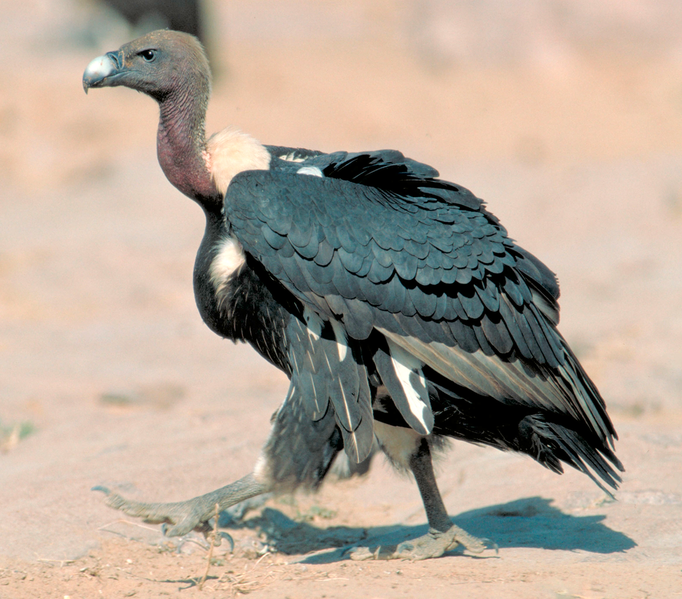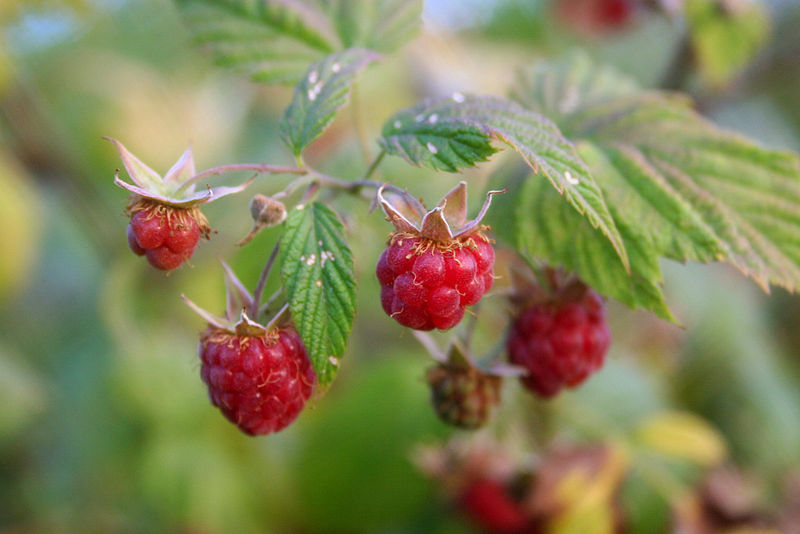So what's tref?
Pigs, camels, horses and donkeys, for a start (and their milk). Bats and hares. Mice and lizards. Eagles, owls, swans, pelicans, vultures and storks.
Milk and meat together are tref, and this means that, for instance, yogurt might be tref for one, three or six hours after you've eaten a steak.
Shellfish, crabs and lobsters are tref, and seaweed is dodgy because it may be harbouring unknown tiny crustaceans.
Vegetables are not tref, but the insects lurking among them are (unless they're locusts or grasshoppers). For this reason some say that fresh berries (strawberries, raspberries) are tref because they might contain tiny insects (but if they're too small to be seen with the naked eye then that's all right).
There are many other rules that designate food as tref, about how it is slaughtered and how it is processed, but even without going into all that it shouldn't be difficult to spot something.
Some things none of us will ever have considered eating:

photo by Goran Ekstrom
and some things many of us will:

photo by mako https://www.flickr.com/people/75897997@N00
but it's worth considering what foods are neglected by our own societies. My parents would never eat shellfish or mushrooms. I don't know why.
And, I mean, horse, anyone?
Or sheep's eyeballs?
Spot the Frippet: tref. This word comes from the Hebrew terēphāh, which means torn (because an animal that's been killed by another animal is forbidden) from tāraf, to tear.
No comments:
Post a Comment
All comments are very welcome, but please make them suitable for The Word Den's family audience.